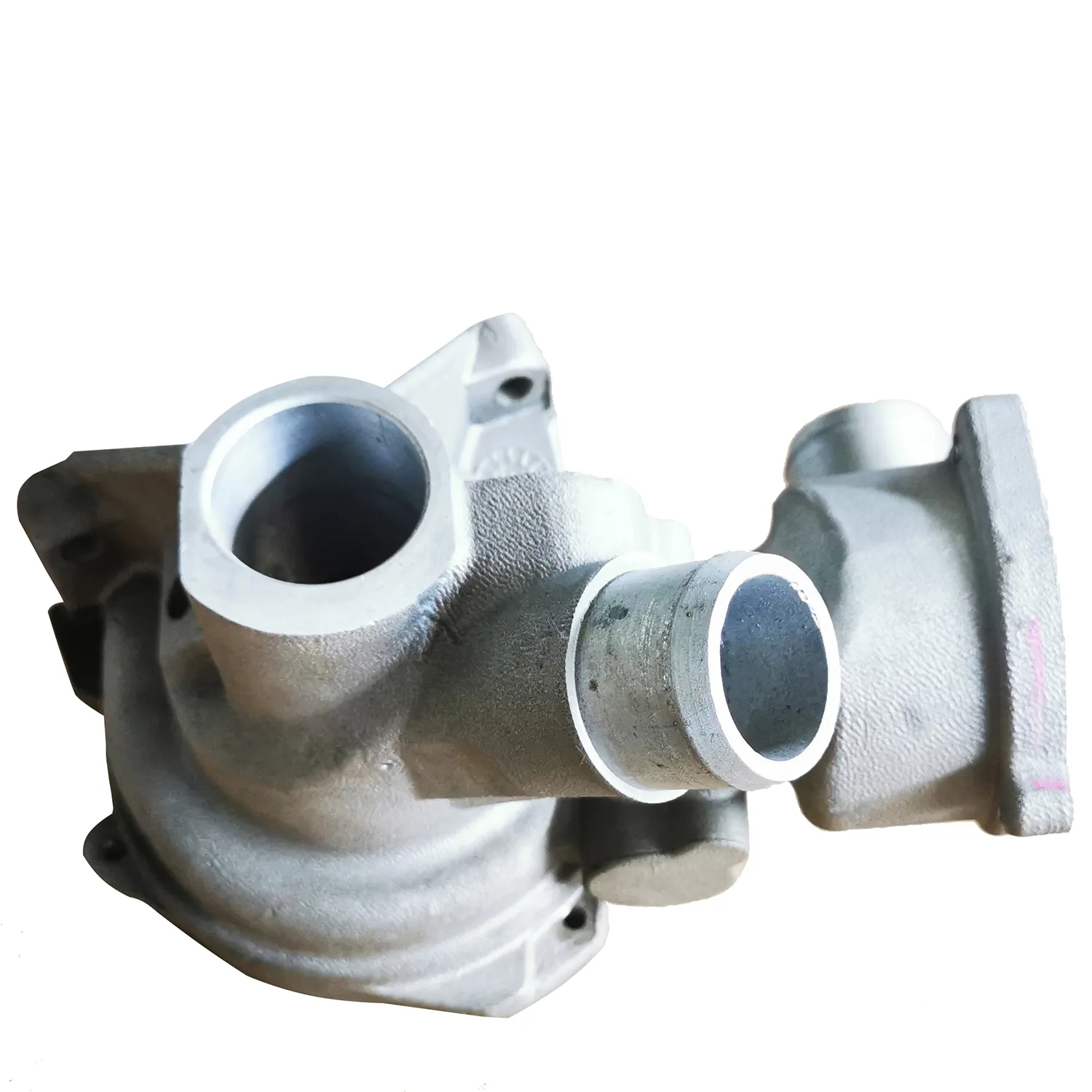Mobile:+86-311-808-126-83
Email:info@ydcastings.com
pipe blanking cap
Understanding Pipe Blanking Caps Essential Components in Piping Systems
Pipe blanking caps are crucial components used in piping systems across various industries, including oil and gas, water treatment, and chemical processing. They serve a simple yet vital purpose to seal the ends of pipes, ensuring that the internal environment remains contained. This article delves into the significance, types, and applications of pipe blanking caps, as well as their installation and maintenance.
What is a Pipe Blanking Cap?
A pipe blanking cap is essentially a device used to close off the end of a pipe. By doing so, it prevents the escape of fluids, gases, or other materials traveling through the pipeline. Blanking caps come in various sizes, materials, and designs, tailored to meet specific industry standards and requirements. The most common materials used for manufacturing blanking caps include stainless steel, PVC, and carbon steel, each offering unique advantages in terms of durability, corrosion resistance, and compatibility with different substances.
Importance of Pipe Blanking Caps
The primary function of pipe blanking caps is to provide a secure and leak-proof seal at the ends of piping systems. This is particularly important in industries where pressure and containment are critical. Some key reasons for the importance of pipe blanking caps include
1. Safety In systems handling hazardous materials or high-pressure fluids, a reliable seal is essential to prevent accidental leaks that could pose risks to personnel and the environment.
2. System Integrity By sealing open ends, blanking caps maintain the integrity of the piping system. They help prevent contamination from foreign particles, moisture, or other elements that could compromise the fluid’s quality.
3. Pressure Maintenance In pressurized systems, blanking caps play a vital role in maintaining desired pressure levels. This is crucial for operations that rely on specific pressure conditions for efficient functioning.
Types of Pipe Blanking Caps
There are several types of pipe blanking caps designed to accommodate different needs and applications. Some of the most common types include
pipe blanking cap

1. Threaded Caps These are designed with internal threads that allow for easy attachment to threaded pipe ends. They are widely used for their simplicity and ease of installation.
2. Weld-On Caps These caps are welded onto the ends of pipes, providing a robust and permanent seal. They are commonly used in systems requiring a long-lasting solution.
3. Slip-On Caps These caps slide over the end of the pipe, offering a quick and easy sealing option for temporary closure. They are often used in maintenance situations.
4. Flanged Caps Flange caps feature a flat surface with holes for bolting onto flanged pipe ends. This style offers a very secure connection and is used in high-pressure applications.
Applications of Pipe Blanking Caps
Pipe blanking caps are used in a myriad of applications, reflecting their versatility. Some common applications include
- Oil and Gas Industry In extraction and processing operations, blanking caps are used to isolate sections of piping during maintenance or in the event of a leak. - Water Treatment These caps are utilized to seal pipes temporarily during system upgrades or repairs, ensuring no contamination occurs. - Chemical Processing In environments where corrosive substances are handled, high-quality blanking caps ensure safe containment and prevent leaks. Installation and Maintenance
Installing a pipe blanking cap is typically straightforward; however, certain considerations must be taken into account to ensure a proper seal. This includes ensuring the pipe end is clean and free of debris before installation. For threaded caps, applying an appropriate thread sealant can enhance the seal.
Regular inspections of blanking caps are essential, particularly in high-stakes environments. Checking for signs of wear, corrosion, or damage can prevent unexpected failures and enhance the longevity of the piping system.
Conclusion
In summary, pipe blanking caps are fundamental components essential for maintaining safety, efficiency, and integrity in various piping systems. Understanding their role, types, and proper maintenance can significantly contribute to the optimal functioning of industrial operations. With their ability to provide effective sealing solutions, blanking caps are indeed indispensable in modern engineering and infrastructure.
-
Understanding Metal Casting TechniquesNewsApr.02,2025
-
Understanding Exhaust Manifolds for Enhanced Engine PerformanceNewsApr.02,2025
-
The World of Metal FabricationNewsApr.02,2025
-
Key Components for Pump and Turbo EfficiencyNewsApr.02,2025
-
Essential Tools for Automotive Maintenance and RepairNewsApr.02,2025
-
Durable Valve Components for Effective Water ManagementNewsApr.02,2025











